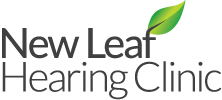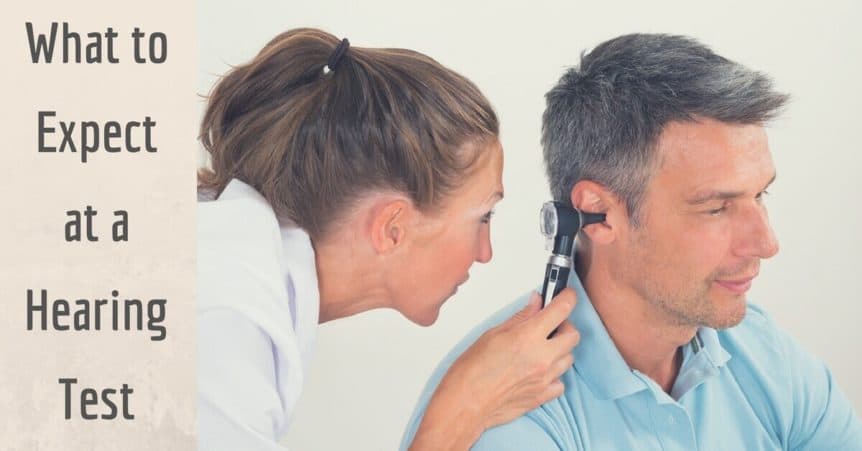- The Emotional Journey of Accepting Hearing Loss - October 25, 2024
- Making a Style Statement with Hearing Aids This Fall - October 15, 2024
- Fireplace Safety and Hearing aids - October 4, 2024
Walking into a hearing test can feel a bit intimidating the first time you do it. Even the name, hearing “test” or “exam” can come across as quite daunting. If you’re like most people, you’ve waited an average of seven years from the time you first noticed changes in your hearing to the time you reached out for help. This gives an awful lot of time for clients to worry about what to expect at a hearing assessment! At New Leaf Hearing Centers, we want all our clients to begin their journey to better hearing as calmly as possible, which is why we put together this handy list of things to expect at your first hearing test (whether or not you choose us to administer it!).
-
Expect to be treated with dignity and respect
This one comes first because it is, of course, the most important. Your hearing aid center should understand that hearing loss is a deeply personal, intimate and even “embarrassing” condition for some. From the time you schedule to the time you walk out of your appointment, you should expect to be treated with the upmost in respect and consideration to you, your feelings, your questions and your apprehensions.
-
Expect to give a health history
Similar to most other healthcare facilities, your hearing aid center will most likely ask you to answer some questions regarding your personal and family health history. These questions are intended to understand your background better, and determine if there are additional risk factors to consider such as physical damage to the ears or a history of taking medicines that are correlated with hearing loss.
-
Expect a physical ear exam.
One of the first steps the audiologist will take is to look inside your ears with a tool called an otoscope. The purpose of this initial exam is to check for any physical damage to the ears or eardrums, or physical blockage such as earwax buildup or polyps.
-
Expect simple and painless hearing tests
Many different factors go into what exact types of hearing assessments you may be given. These are most often based on your specific areas of concern, your medical history and your audiologist’s preferences. One thing they all have in common is they are all quick, painless, and extremely simple. Here are a list of some of the most commonly administered hearing assessments
- Pure-tone audiometry – this assessment helps determine where you can and cannot hear. During this test, different sounds are played at various pitches and you are asked to push a button or raise a hand each time you hear one.
- Speech recognition test – this test examines a listener’s ability to distinguish speech, without visual cues such as facial expression or lip movement, or social cues such as context. Sometimes just sounds are played (b, sh, th etc), whereby other times speech is played against a noisy background.
- Bone conduction test– this exam can seem intimidating at first, because the assessment senses your ability to hear sounds as conducted by your bone. The test is very simple and involves a small vibrating probe being placed on the bone behind your ear. Like the others, the assessment is 100% completely painless and assesses the efficiency of how well sound conducted through your bone is detected by the inner ear.
-
Expect to review your results with your specialist
One good thing about hearing assessments is the results are available immediately – so there is no waiting! You and your audiologist or hearing aid specialist will talk through your results and what they mean for your hearing profile. You will have the opportunity to get your questions answered and will be given a thorough breakdown of your hearing strengths and weaknesses. At this point, you and your specialist will discuss possible next steps, such as treatment with hearing aids.
To schedule a hearing test with us at New Leaf Hearing, give us a call today.

